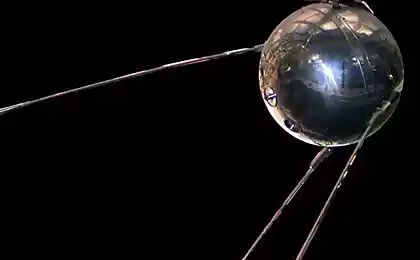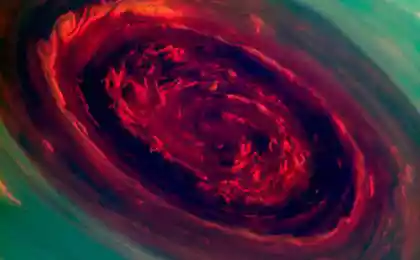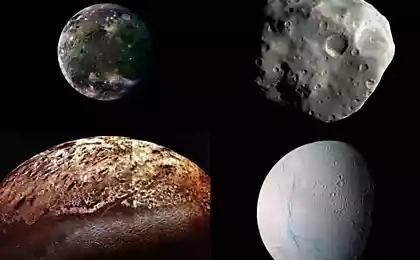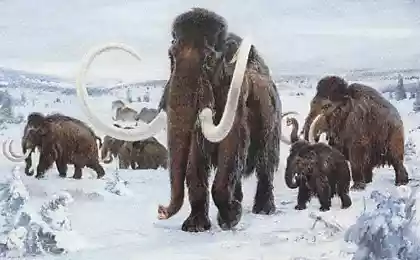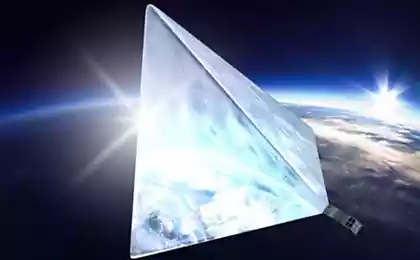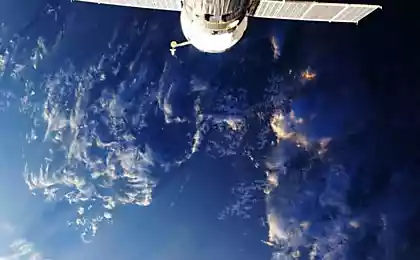1570
More than 50 years ago launched the first American satellite
After the launch of the Soviet "Sputnik 1" - October 4, 1957, in the Office of ballistic missiles, the US Army (US Army Ballistic Missile Agency, ABMA) received an order to launch a satellite using a rocket "Jupiter C», which was developed by Dr. Wernher von Braun (Wernher von Braun), and the Jet Propulsion Laboratory (Jet Propulsion Laboratory, JPL) was given the task to design an artificial satellite "Explorer 1". JPL completed the job in less than three months. "Explorer 1» (Explorer) was the first US satellite, which was launched into space 31 January 1958.
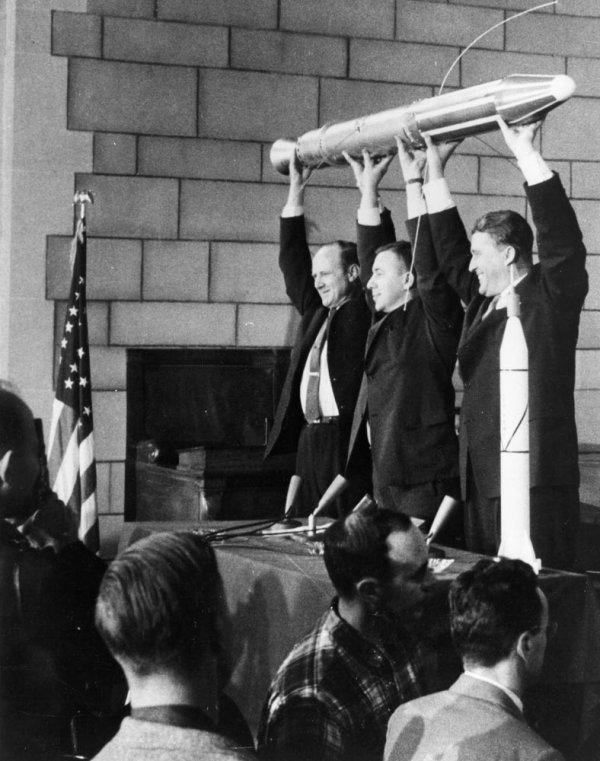
This launch was preceded by a failed attempt to launch a satellite of the US Navy "Vanguard-1» (Vanguard). Although later, March 17, 1958 satellite still run. He is to this day remain in its orbit - is the oldest man-made object in near-Earth space.
Accident carrier rocket at launch Vanguard:
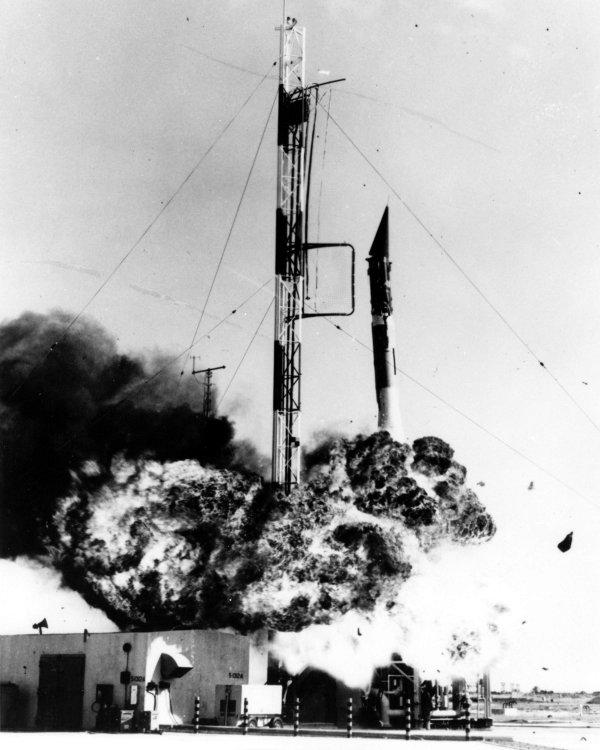
The satellite "Explorer 1" were set a Geiger counter and sensor meteor particles. Geiger counter was designed to measure the background radiation at the Earth's orbit. Led the research project, Dr. astrophysicist James A. Van Allen (James A. Van Allen) from the University of Iowa. The experiment was recorded radiation far fewer than expected. The doctor suggested that the device can oversaturate strong stream of solar wind protons trapped by Earth's magnetic field. The existence of these radiation belts formed by the flow of protons, was subsequently confirmed by another US satellite, which was launched two months later, so they became known as the Van Allen belts, in honor of its discoverer.

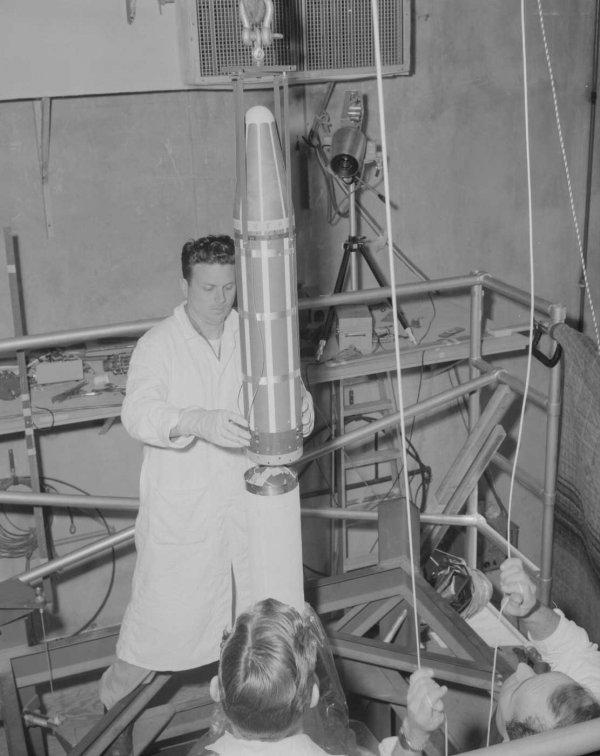

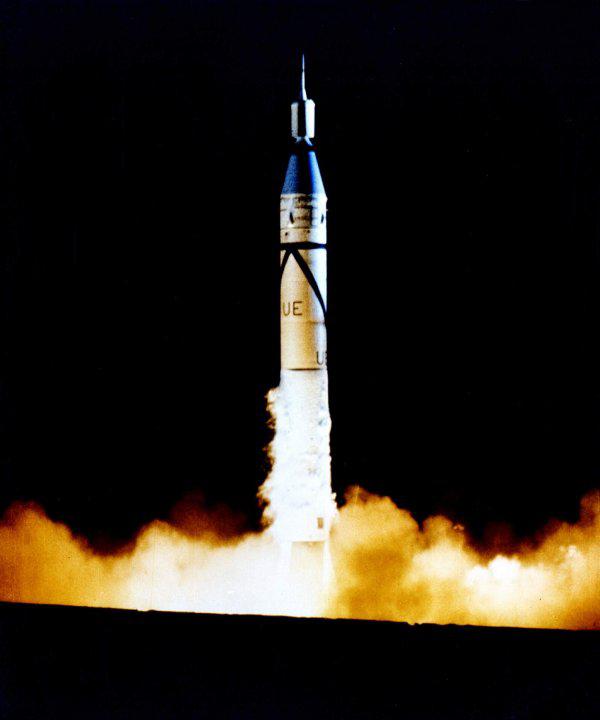
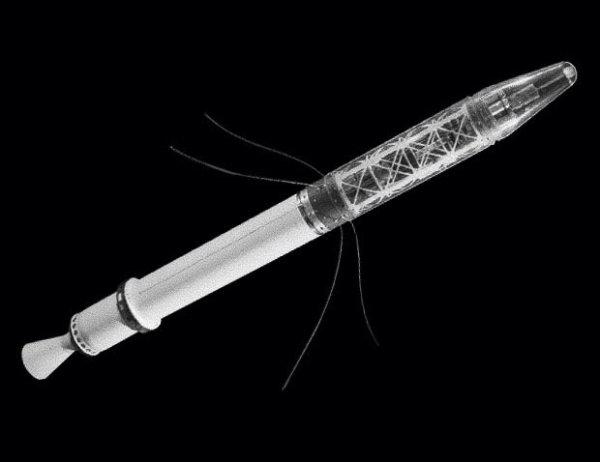
Recall that the attempt to start the "Explorer 2" was launched March 5, 1958, but the fourth stage of the launch vehicle has not ignited. "Explorer 3" was successfully launched on March 26, 1958 and operated until 16 June of the same year. "Explorer 4" was launched July 26, 1958, and operated until October 6 of that year. Starting the "Explorer 5" failed August 24, 1958, when the booster has faced its second stage after separation, which caused the wrong firing angle upper stage.

This launch was preceded by a failed attempt to launch a satellite of the US Navy "Vanguard-1» (Vanguard). Although later, March 17, 1958 satellite still run. He is to this day remain in its orbit - is the oldest man-made object in near-Earth space.
Accident carrier rocket at launch Vanguard:

The satellite "Explorer 1" were set a Geiger counter and sensor meteor particles. Geiger counter was designed to measure the background radiation at the Earth's orbit. Led the research project, Dr. astrophysicist James A. Van Allen (James A. Van Allen) from the University of Iowa. The experiment was recorded radiation far fewer than expected. The doctor suggested that the device can oversaturate strong stream of solar wind protons trapped by Earth's magnetic field. The existence of these radiation belts formed by the flow of protons, was subsequently confirmed by another US satellite, which was launched two months later, so they became known as the Van Allen belts, in honor of its discoverer.





Recall that the attempt to start the "Explorer 2" was launched March 5, 1958, but the fourth stage of the launch vehicle has not ignited. "Explorer 3" was successfully launched on March 26, 1958 and operated until 16 June of the same year. "Explorer 4" was launched July 26, 1958, and operated until October 6 of that year. Starting the "Explorer 5" failed August 24, 1958, when the booster has faced its second stage after separation, which caused the wrong firing angle upper stage.
Horror «Dementium II» is in no hurry to see the light
«Metro 2033" in search of the laurels of «Fallout»


